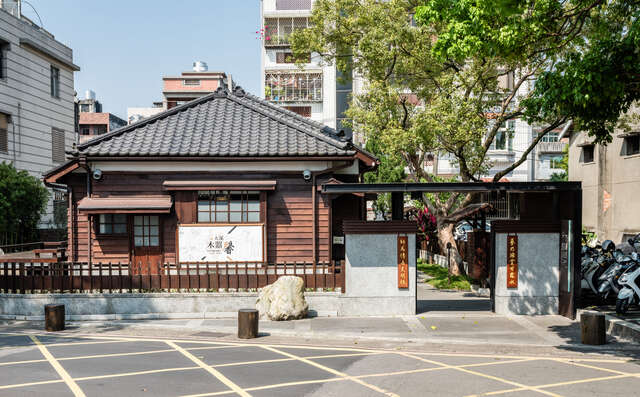Dashi Wood Art Eco Museum - Master Artist Hall Introduction
The "Yishi Hall" was built in 1941 (the 16th year of the Showa era) as the residence for the police department of Daxi Township during the Japanese colonial period, serving as a police dormitory. After the relocation of the National Government to Taiwan, it was converted into a villa by Chiang Kai-shek and later inhabited by the family of Mr. Yu Jichang, who moved out years ago, leaving it vacant. Daxi was once a stronghold of the woodworking industry, producing exquisite wooden crafts that combined intricate joinery, inlay, carving, ink painting, and lacquer techniques. The skilled craftsmanship stems from the spirit of professional dedication and the ethics and procedural codes established through the mentorship of artisans—reflecting the essence of Daxi woodcraft's philosophy of "craftsmanship and moral cultivation." To restore the honor of craftsmanship, the Wood Ecology Museum has planned to transform this dormitory into the "Yishi Hall," not only showcasing Daxi woodworking crafts and wooden objects but also emphasizing the deep-seated spirit and ethics behind them. This space aims to foster dialogue among people, materials, and tools, thereby connecting the artisan's "creation" with the user's "function," evoking a sense of "utility and beauty." The "Yishi Hall" is expected to serve as a base for the legacy of the artisan spirit, allowing the public to appreciate the beauty of wooden crafts, understand the developmental context of artisan mentorship, and truly experience the craftsmanship spirit behind woodworking. (Source: official website of the Daxi Wood Ecology Museum) For detailed information on guided services, please refer to the official website of the Daxi Wood Ecology Museum.

































